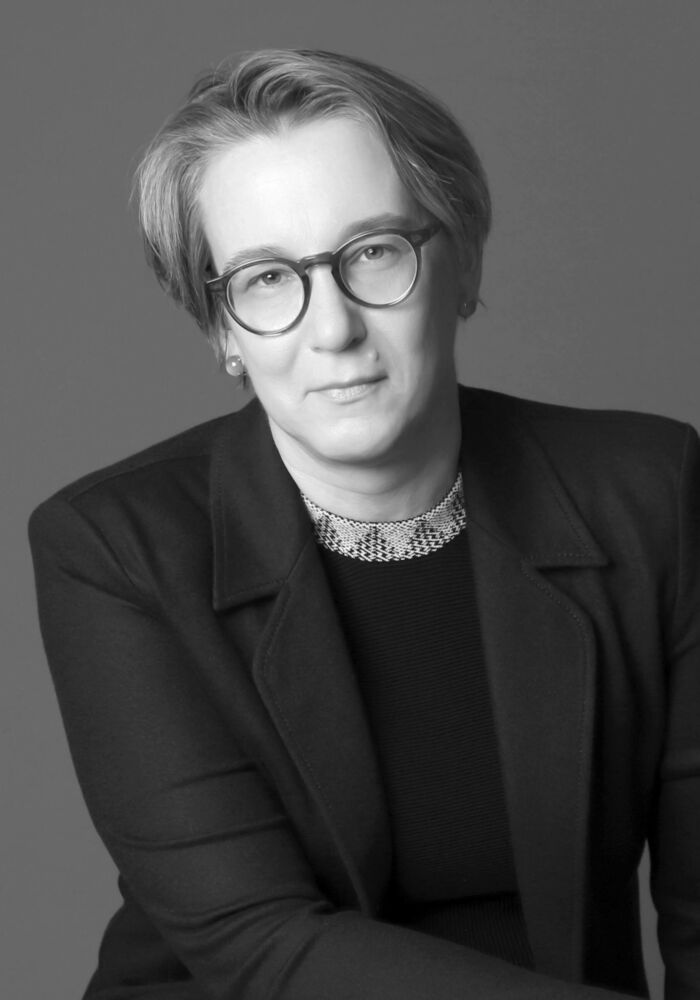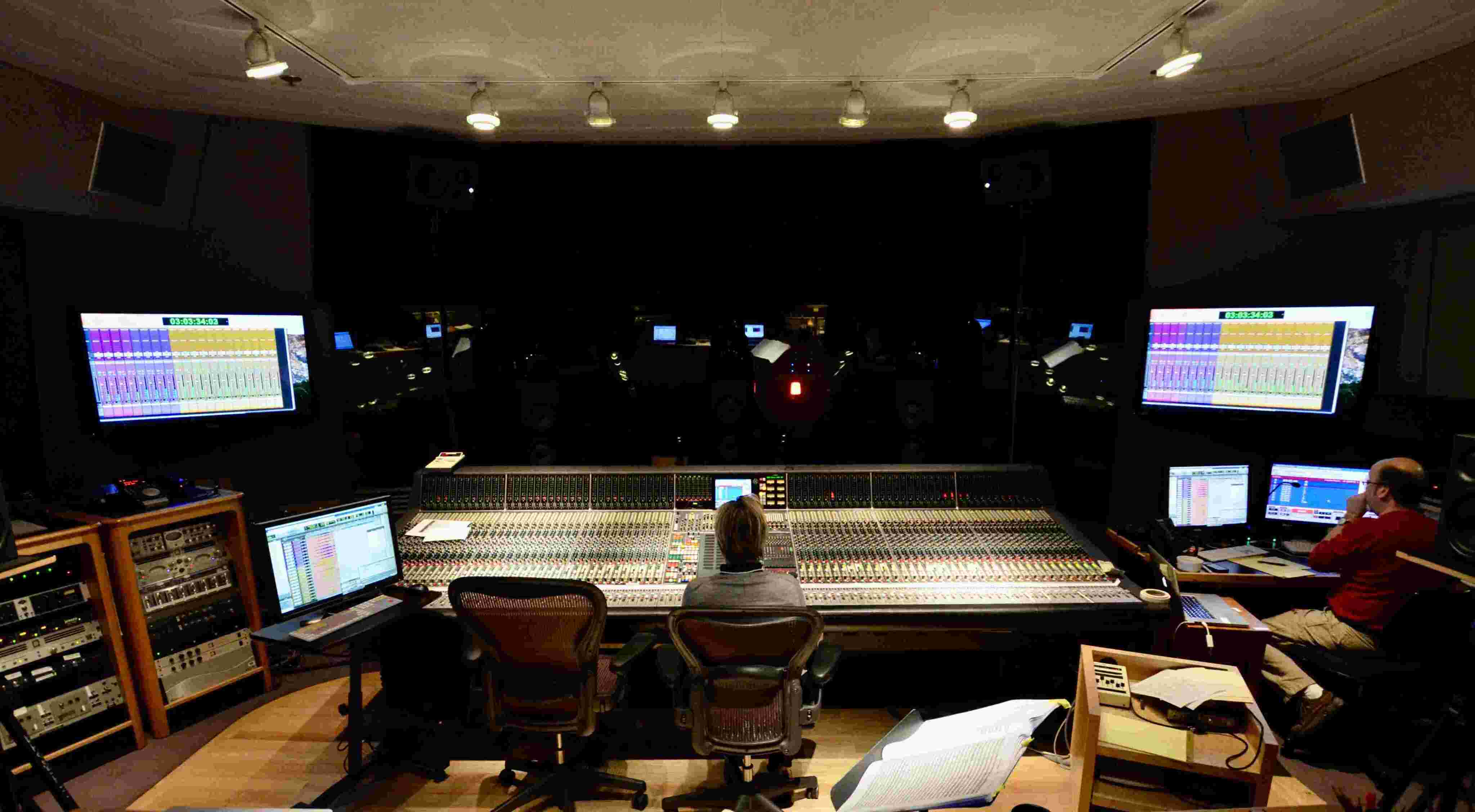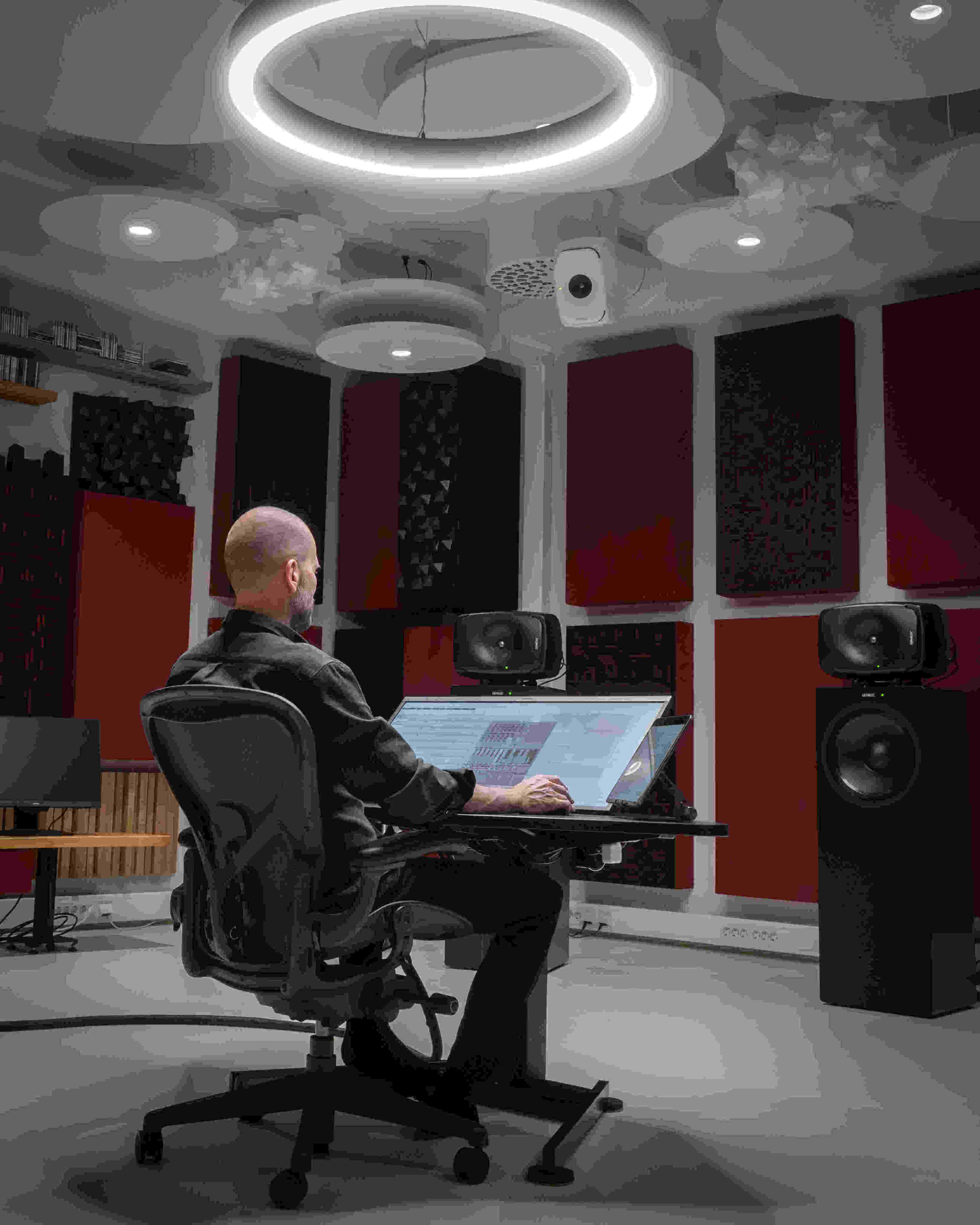Acclaimed saxophonist Jane Ira Bloom recently released her latest record Picturing The Invisible: Focus 1, a collection of improvised compositions inspired by the science photography of legendary NYC photographer Berenice Abbott. The music was recorded remotely during the pandemic in high-definition stereo and immersive sound by audio engineer and co-producer (alongside Bloom) Ulrike Schwarz, mastered by Morten Lindberg, and mixed by Jim Anderson. Headliner caught up with multiple Grammy Award nominees Schwarz and Lindberg to find out about how they approached this unique project and the vital role of Merging Technologies in its creation.
Tell us about the concept for this project and how you came to be involved.
Ulrike: Jane Ira Bloom, Jim Anderson and I developed the idea to create an immersive audio project based on the science photography of Berenice Abbott, a New York photographer active from the 1920s to the 1990s. Jane and I received a grant from the New York Foundation of The Arts in cooperation with NYC’s Women’s Fund for Media, Entertainment and Theatre in late 2019.
The concept of the album was to record the space in between the notes with unusual instrumentation, like vibraphone, koto, pipa, percussion, bass in conversation with the soprano saxophone. The plan was to get everybody in the same space and ‘picture the invisible’ together. We wanted to present this in Ultra High Definition and Immersive Sound to illustrate the space even better.
Then the pandemic hit, and we had to revisit our concept. Jane chose duo partners and reshaped the arrangements; I came up with a concept to record duos in home spaces and via the internet. One of my Pyramix recording systems was set up at Jane’s tiny office and microphones set for immersive recording. I travelled with the other system to the other partners Allison Miller, Mark Helias and Miya Masaoka, and turned their rehearsal spaces and living rooms into recording sites. I controlled both Pyramix systems from my main recording system.
How different is the process of working on stereo and immersive projects?
Ulrike: Mixing for stereo and immersive formats each have their own difficulties. This recording had additional challenges in that the album was recorded exclusively in spaces that were very different from each other – none were meant to be a recording space. Generally, in stereo, the mixing challenge is to get all the musical information into two channels while keeping the clarity of the musical content and providing a depth and space in a recording.
For immersive mixes, the challenge lies within the placement of the instruments and musical content in the 3D space. Sometimes the lack of musical or psychoacoustic knowledge can result in wrong mixing decisions that will distort the musical content and, in the worst cases, appear unintentionally comical.
Jim and I had in depth conversations about the microphone setup that would allow us to do both a 3D impression of all instruments and exclusion of the room footprints of the recording venues. It all came together with the 3D reverb chamber at Skywalker Sound that we used during the mixing process.





